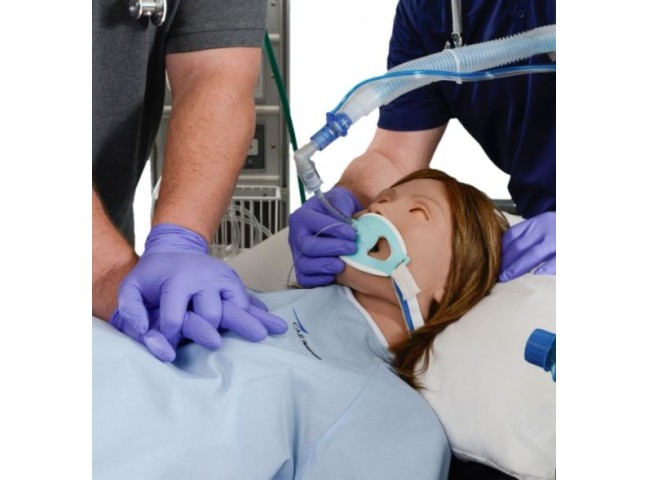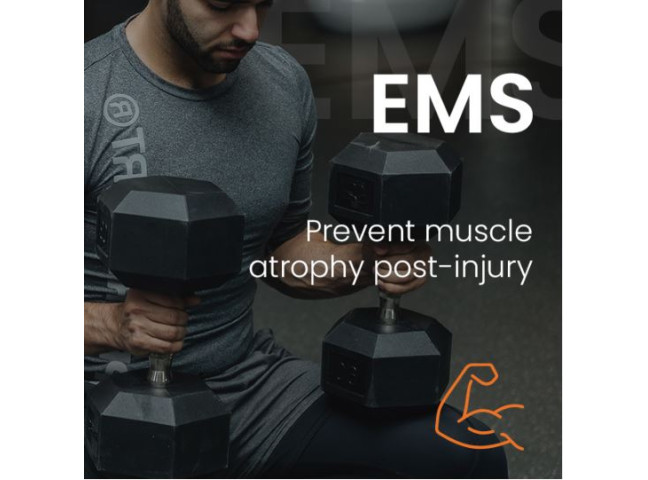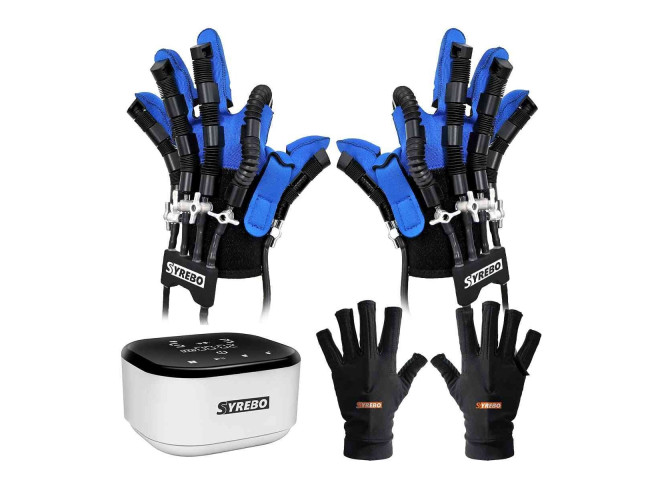What is a tourniquet?
Tourniquet - A strip of cloth that is tied tightly around an injured arm or leg to stop bleeding from a vein or artery. The inventor of this "miracle" is the French surgeon Jean Louis Peti, who in 1718 presented his invention to the Royal Academy of Sciences in Paris and used the word "tourniquet à vis" from the word "turnere" meaning to turn. His invention was a strip with a wooden or metal stick. The current turnstiles are much improved compared to the first ones, but perform exactly the same function.
What are the three main types of tourniquet?
When we talk about turnstiles, we usually think of emergency turnstiles, but it should be mentioned that there are three types.
Rehabilitation tourniquets are often used for blood flow restriction or BFR (blood flow restriction) training to help strengthen blood vessels. Rehabilitation tourniquets are often referred to as pneumatic tourniquets. If used improperly, they can cause a lot of damage, so it is very important to use them under the supervision of a specialist.
Surgical tourniquets are used during plastic and orthopedic surgeries to reduce blood flow to the surgical site. Blood loss is minimal when using a surgical tourniquet. Surgical tourniquets are used by medical professionals and other people do not have access to this equipment.
In the event of an accident, the general public would use another turnstile called an emergency (emergency) turnstile. Even the injured person can put it on. Emergency tourniquets are available online. Don't forget to learn how to use them so that in the event of an emergency you are prepared and can quickly, calmly and confidently stop bleeding and save a life.
When can a tourniquet be used?
A tourniquet is used in severe extremity bleeding that cannot be stopped by direct pressure on the wound, after amputation of a limb, or in the case of a large cut that cannot be directly applied. A tourniquet should not be used to stop bleeding from the head or neck. The pressure of the band is too high, causing the brain to die when the blood rushes to the head. The tourniquet is only used for limbs.
How to use a tourniquet?
Turnstiles may be slightly different, but the basic rules for using a turnstile do not change.
1. Once you find the source of the bleeding, make sure you can't stop the bleeding yourself. Apply pressure to the wound and wait 2-3 minutes. If direct braking fails, a tourniquet is used.
2. Check that there are no extra objects between the body and the turnstile: phones, buttons, coins, etc.
3. The tourniquet is placed 4-5 centimeters (the width of three fingers of an adult) above the wound. It is best to place a piece of thin material under the tourniquet, or if it is not available, the tourniquet is placed directly on the skin.
4. Once the tourniquet is in place, tighten it until the bleeding stops or there is no pulse in the rest of the limb. Do not overtighten to avoid nerve damage that can lead to limb loss.
5. It is necessary to indicate when the tourniquet was applied (it is possible to write on the tourniquet itself).
6. Secure the tourniquet and do not move it unless instructed otherwise by a medical professional.
7. It is forbidden to put bandages or other braces on the tourniquet.
These steps must be memorized and attempted at least a few times so that in a real situation you don't make a big mistake and accidentally hurt yourself even more.
What if you don't have a tourniquet?
While everyone should have at least two tourniquets in their first aid kit, there may be times when you don't have one on hand. What can you do in this situation? A t-shirt or other piece of material can save a life. Wrap the bleeding limb with the material (4-5 cm above the wound) and tie a knot. Place an improvised iron stick - this can be a sturdy ballpoint pen or any other narrow, strong, long enough object that will not break under stress. Tie another knot on top and twist. When using a self-made tourniquet, it is necessary to follow all the rules, just like when placing a professional tourniquet.
Why is a tourniquet so dangerous if applied incorrectly?
The purpose of a tourniquet is to cut off blood flow to a part of the body, but in doing so we create a condition called ischemia. Ischemia is a decrease in arterial blood flow to a tissue or organ. When tissues are deprived of oxygen, the return of blood flow can also be dangerous. The longer the tourniquet is left in, the greater the risk of injury.
The most common complication of tourniquet use is nerve damage. Nerve injury can occur both from the mechanical pressure of the tourniquet and from blood retention. A person with nerve damage may not feel pressure, pain, heat or cold on the skin of the damaged nerve.
Prolonged tissue ischemia at and below the tourniquet can cause muscle damage. Tissue necrosis, or tissue death, occurs when cells are deprived of the oxygen and glucose needed to produce and use energy. After two to three hours, all the cells' energy reserves are depleted and the cells begin to die.
When the tourniquet is removed and the blood returns to the tissue, it can sometimes worsen the condition and cause edema, a build-up of fluid in the tissue.
Despite several unpleasant possible consequences after the application of a tourniquet, it is still one of the main means of stopping heavy bleeding, which is used both in ordinary life and in war. It is not very important what type you buy, the most important thing is that you know how to use it correctly and do not get lost in an unexpected situation.
Do you have any questions?
If you have any questions, please contact e-mail Rehastar.com store staff by phone on weekdays 08:00 - 17:00 or by e-mail Email us anytime and we will try to get back to you as soon as possible.
email by mail: info@rehastar.com
By phone: +370 626 11553







